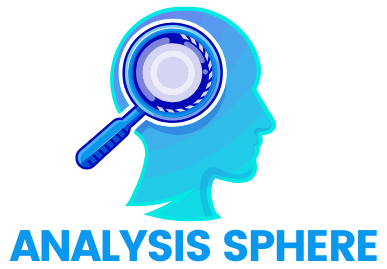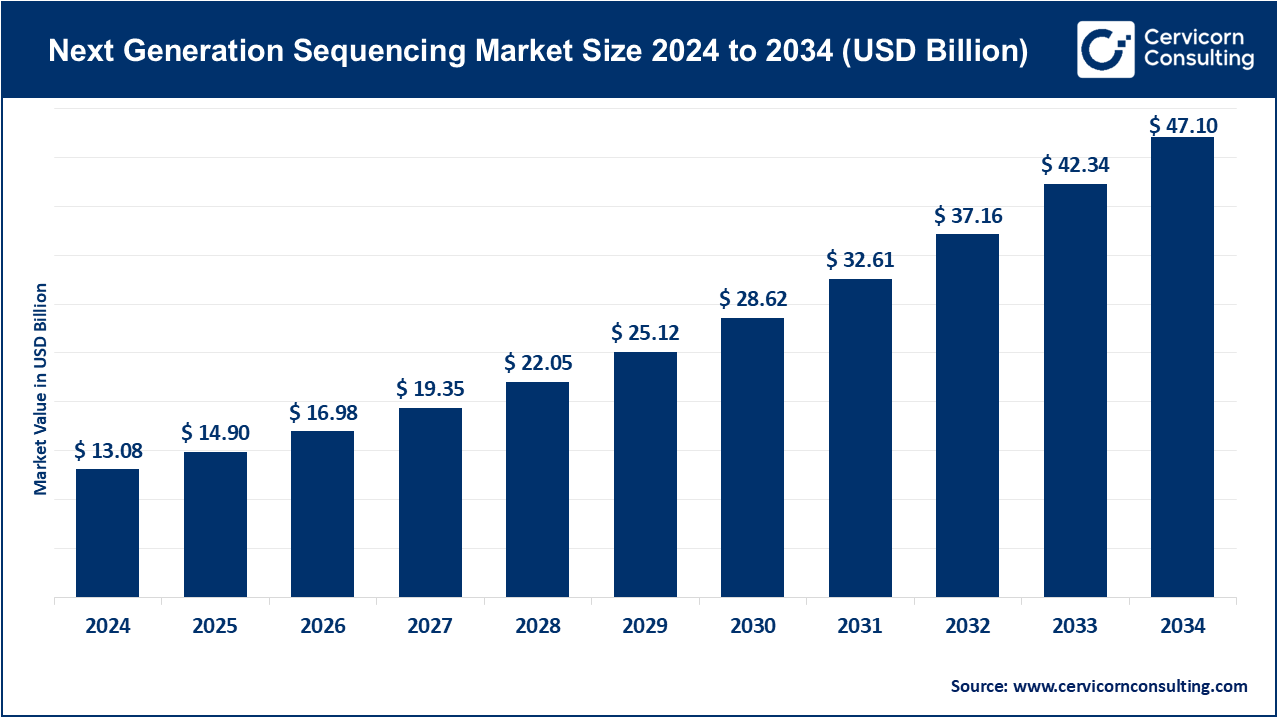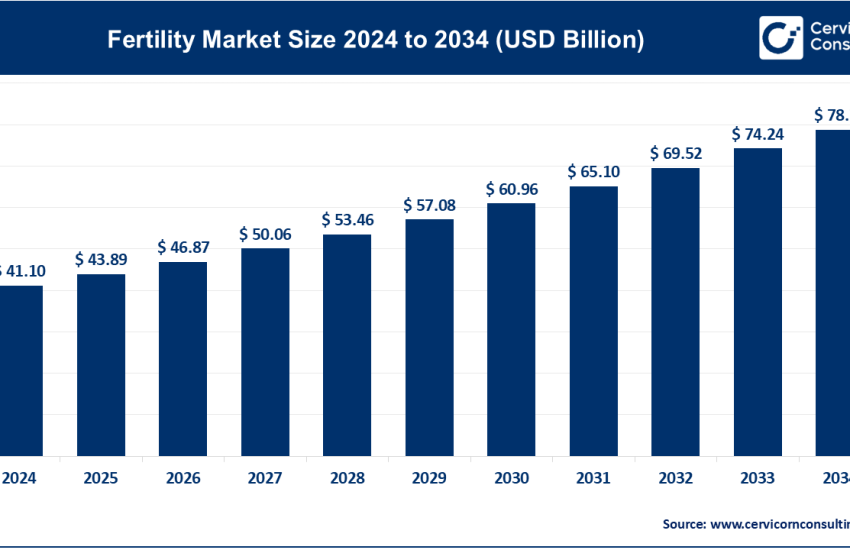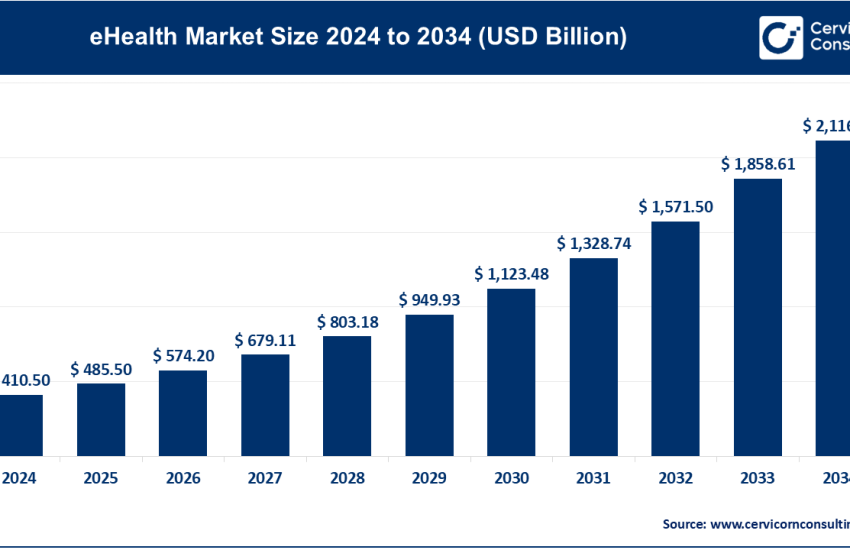Next Generation Sequencing Market Growth, Trends & Forecast 2025-2034
Next Generation Sequencing Market Overview
What is the Next Generation Sequencing Market?
The next generation sequencing market is a rapidly evolving segment within the biotechnology and genomics sectors. It encompasses technologies, platforms, and services designed to sequence DNA and RNA at unprecedented speed and accuracy. Unlike traditional Sanger sequencing, NGS allows simultaneous sequencing of millions of fragments, making it a cornerstone of modern genomics. This market serves applications such as clinical diagnostics, drug discovery, agricultural biotechnology, and personalized medicine.
Why is the Next Generation Sequencing Market Important?
NGS is revolutionizing healthcare and research by enabling detailed genomic insights at reduced costs and shorter turnaround times. It is critical for understanding genetic disorders, identifying infectious agents, and tailoring treatments to individual genetic profiles. Moreover, its applications in oncology, prenatal testing, and rare disease research highlight its transformative potential in improving health outcomes worldwide.
Get a Free Sample: https://www.cervicornconsulting.com/sample/2317
Top Companies in the Next Generation Sequencing Market
1. Illumina, Inc.
- Specialization: DNA sequencing platforms and consumables
- Key Focus Areas: High-throughput sequencing, genomic analysis tools, and bioinformatics solutions
- Notable Features: Market-leading sequencing platforms such as NovaSeq and MiSeq; comprehensive bioinformatics solutions
- 2023 Revenue (Approx.): $4.6 billion
- Market Share (Approx.): 60%
- Global Presence: North America, Europe, Asia-Pacific, Latin America, and the Middle East
2. Thermo Fisher Scientific Inc.
- Specialization: NGS platforms, reagents, and services
- Key Focus Areas: Oncology, infectious disease research, and reproductive health
- Notable Features: Ion Torrent sequencing technology; robust portfolio of reagents and consumables
- 2023 Revenue (Approx.): $40 billion (overall, NGS contributing significantly)
- Market Share (Approx.): 15%
- Global Presence: Strong presence in North America and Europe, expanding in Asia-Pacific
3. Pacific Biosciences of California, Inc.
- Specialization: Long-read sequencing technologies
- Key Focus Areas: Whole-genome sequencing, epigenetics, and transcriptomics
- Notable Features: SMRT (Single Molecule, Real-Time) sequencing technology
- 2023 Revenue (Approx.): $150 million
- Market Share (Approx.): 5%
- Global Presence: North America, Europe, and growing reach in Asia-Pacific
4. Oxford Nanopore Technologies Limited
- Specialization: Portable and scalable nanopore sequencing solutions
- Key Focus Areas: Field-based sequencing, clinical diagnostics, and microbiome analysis
- Notable Features: MinION and PromethION platforms offering real-time sequencing
- 2023 Revenue (Approx.): $180 million
- Market Share (Approx.): 4%
- Global Presence: Europe, North America, and Asia-Pacific
5. Genomatix Software GmbH
- Specialization: Bioinformatics tools for genomic analysis
- Key Focus Areas: Data integration, sequence alignment, and gene regulation analysis
- Notable Features: Advanced software for interpreting sequencing data
- 2023 Revenue (Approx.): $50 million
- Market Share (Approx.): 2%
- Global Presence: Europe, with collaborations in North America and Asia
Leading Trends and Their Impact on the Market
Personalized Medicine:
- Growing demand for patient-specific treatments is driving the adoption of NGS in clinical diagnostics and therapy selection.
- Impact: Enhanced precision in treatment planning and a shift towards value-based healthcare.
AI and Machine Learning Integration:
- AI tools are improving the speed and accuracy of sequencing data interpretation.
- Impact: Reduced time-to-insight and expanded applications in oncology and rare disease diagnosis.
Single-Cell Sequencing:
- Increasing focus on single-cell analysis is enabling researchers to study cellular heterogeneity.
- Impact: Advancements in understanding complex diseases and immune system functions.
Portable Sequencing Technologies:
- Devices like Oxford Nanopore’s MinION are making sequencing accessible for field-based and point-of-care applications.
- Impact: Broader adoption in resource-limited settings and real-time data acquisition.
Regulatory Approvals:
- Growing FDA approvals for NGS-based diagnostics are boosting market confidence.
- Impact: Accelerated clinical adoption and market growth.
Successful Examples of Next Generation Sequencing Market Around the World
Illumina (United States)
- Success: Illumina is one of the leading companies in the NGS space, and its products are widely used in research, clinical diagnostics, and personalized medicine. They have developed highly efficient sequencing platforms like the NovaSeq and NextSeq, which offer high throughput and lower costs, making NGS more accessible for a wide range of applications.
- Impact: Illumina has greatly advanced clinical diagnostics, particularly in cancer genomics, genetic disease screening, and prenatal testing.
Thermo Fisher Scientific (United States)
- Success: Thermo Fisher’s Ion Proton and Ion S5 sequencing systems have been successful in providing cost-effective, high-throughput sequencing solutions. These systems have helped to expand the use of NGS in small-scale research labs and large-scale clinical applications.
- Impact: They have enabled advances in targeted gene sequencing, cancer genomics, and microbiome research, expanding NGS accessibility across various sectors.
BGI Genomics (China)
- Success: BGI is one of the largest players in the NGS market, with a significant presence in both research and clinical diagnostics. The company’s MGISEQ sequencing platform provides high-quality results with a lower price point, making it accessible for a wide range of applications, especially in clinical diagnostics and public health genomics.
- Impact: BGI has played a major role in genome sequencing projects like the China National Human Genome Project and has contributed to large-scale genomic initiatives for health and agriculture.
Regional Analysis and Government Initiatives
North America
- Overview: Largest market share due to advanced healthcare infrastructure, significant R&D investments, and supportive regulatory frameworks.
- Key Policies: NIH funding for genomics research; precision medicine initiatives.
- Impact: Accelerated adoption of NGS in clinical and research settings.
Europe
- Overview: Strong focus on personalized medicine and collaborations among academic and industry stakeholders.
- Key Policies: Horizon Europe funding for genomics; GDPR compliance driving data privacy in sequencing applications.
- Impact: Enhanced innovation and market growth in genomic technologies.
Asia-Pacific
- Overview: Rapidly growing market driven by increasing healthcare expenditure and population genomics projects.
- Key Policies: Government initiatives in China and India for genomics research; Japan’s focus on precision medicine.
- Impact: Expansion of NGS applications in diagnostics and agriculture.
Latin America
- Overview: Emerging market with growing adoption of NGS technologies in diagnostics.
- Key Policies: Government-supported genomics research programs in Brazil and Mexico.
- Impact: Gradual increase in market penetration and accessibility.
Middle East and Africa
- Overview: Nascent market with potential for growth in clinical genomics and agricultural biotechnology.
- Key Policies: Investments in healthcare infrastructure and collaborations with global players.
- Impact: Steady adoption of NGS for regional healthcare challenges.
To Get Detailed Overview, Contact Us: https://www.cervicornconsulting.com/contact-us
Read Report:
Biotechnology Market Overview: Growth, Trends, Opportunities, and Leading Players (2024-2033)



